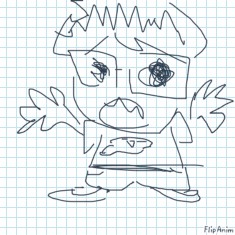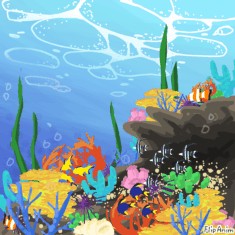
Just below the surface

drawings can come to life

my friend
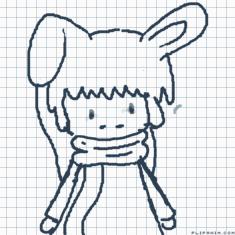
bunnygirl
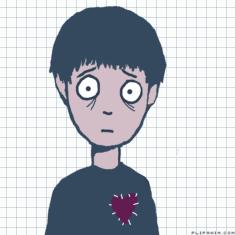
The Flower I Gave to Her

B-max :3
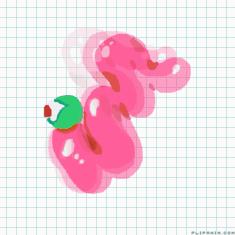
pink worm
c'ya tomorrow -w-


18 comments
ZecriSketch
20.02.2019 00:00
LinkBoi it’s 5:59 :0

PieDaYFurr[OP]
20.02.2019 00:00
Linkit's 21:00 in my country ;w;
ZecriSketch
20.02.2019 00:17
LinkBOI WHERE YOU LIVE AND IS IT COLD??

PieDaYFurr[OP]
20.02.2019 08:20
Linki live in Argentina, and no... rn is Summer and i'm dying ;w;
i live in Buenos Aires btw, 'cuz i mean... there are someplaces that are hotter or colder than others -w-

PieDaYFurr[OP]
20.02.2019 08:28
Linktotally not copied and pasted from Wikipedia -w-
In general, Argentina has four main climate types: warm, moderate, arid, and cold, all determined by the expanse across latitude, range in altitude, and relief features. Although the most populated areas are generally temperate, Argentina has an exceptional amount of climate diversity,ranging from subtropical in the north to polar in the far south. Consequently, there is a wide variety of biomes in the country, including subtropical rain forests, semi-arid and arid regions, temperate plains in the Pampas, and cold subantarctic in the south. The average annual precipitation ranges from 150 millimetres (6 in) in the driest parts of Patagonia to over 2,000 millimetres (79 in) in the westernmost parts of Patagonia and the northeastern parts of the country. Mean annual temperatures range from 5 °C (41 °F) in the far south to 25 °C (77 °F) in the north.

PieDaYFurr[OP]
20.02.2019 08:29
LinkMajor wind currents include the cool Pampero Winds blowing on the flat plains of Patagonia and the Pampas; following the cold front, warm currents blow from the north in middle and late winter, creating mild conditions. The Sudestada usually moderates cold temperatures but brings very heavy rains, rough seas and coastal flooding. It is most common in late autumn and winter along the central coast and in the Río de la Plata estuary. The Zonda, a hot dry wind, affects Cuyo and the central Pampas. Squeezed of all moisture during the 6,000 m (19,685 ft) descent from the Andes, Zonda winds can blow for hours with gusts up to 120 km/h (75 mph), fueling wildfires and causing damage; between June and November, when the Zonda blows, snowstorms and blizzard (viento blanco) conditions usually affect higher elevations.

